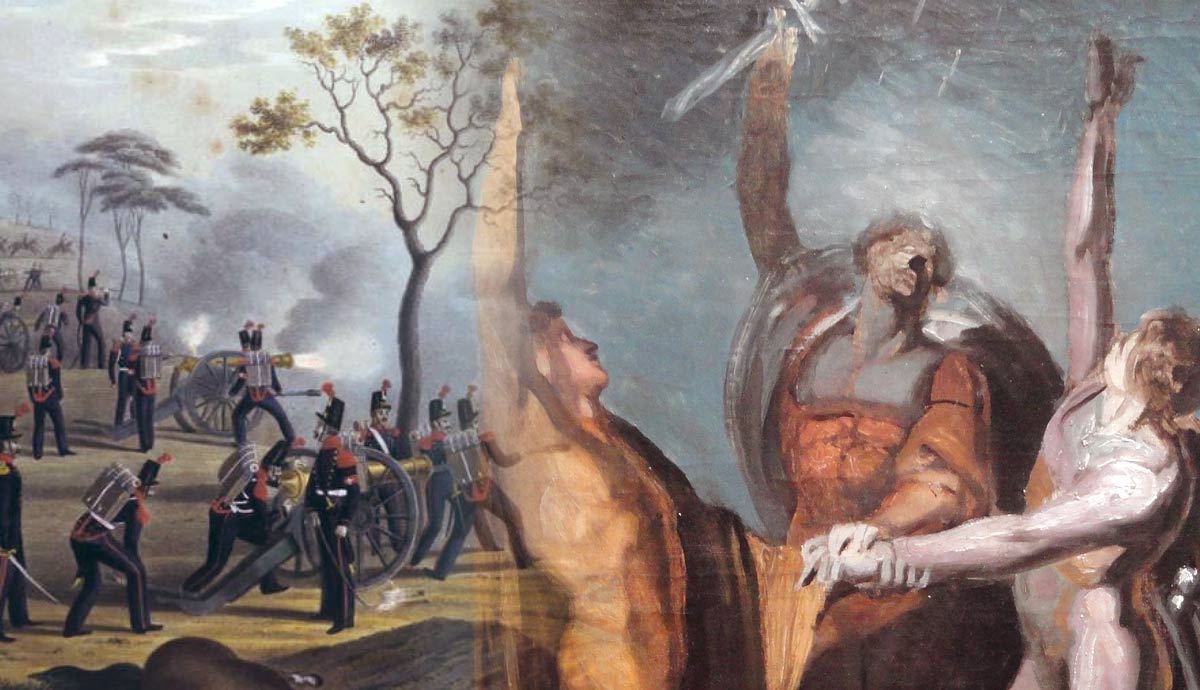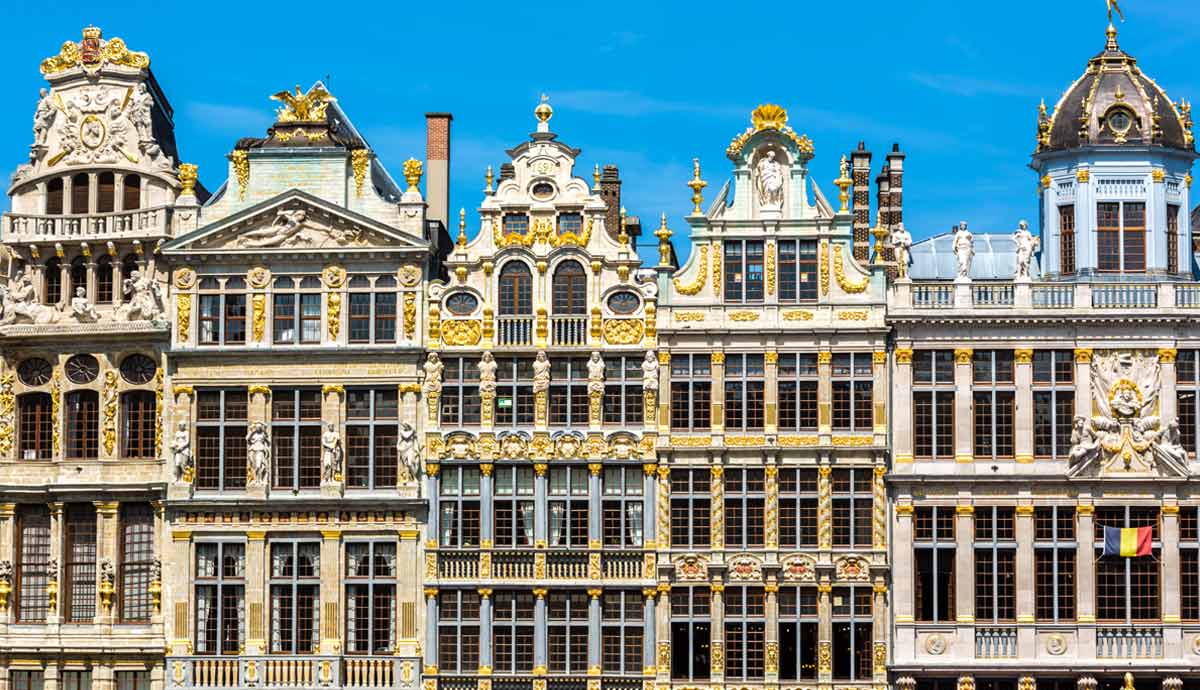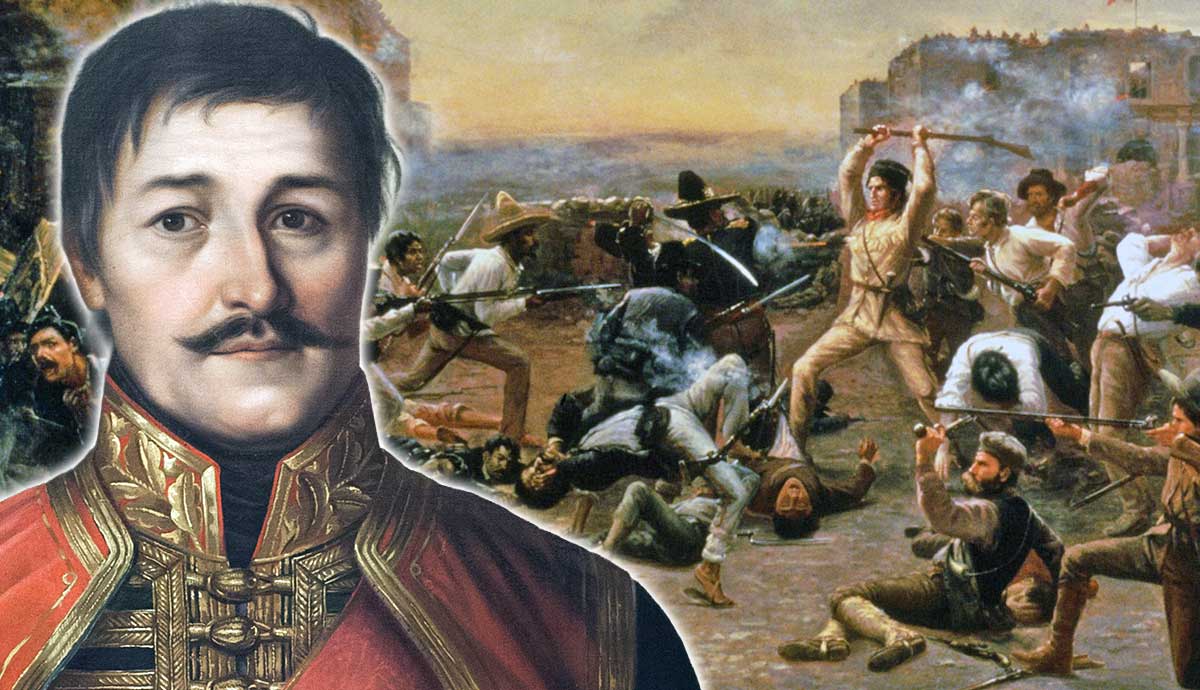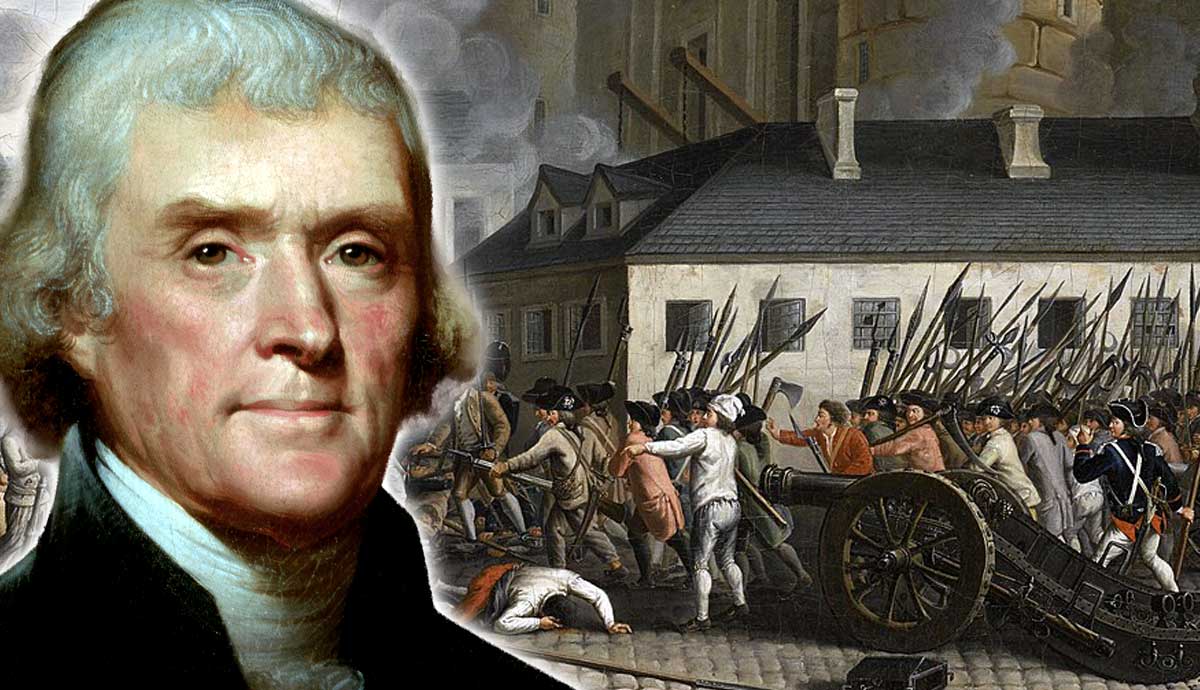
Despite its location at the heart of the continent, histories of Europe tend to say little about Switzerland. But Switzerland has played a critical role in the history of modern Europe. How diverse territories known as cantons became a successful Swiss federation is an important and largely forgotten part of many landmark moments in Europe’s history, from the Protestant Reformation to the French Revolution and Revolutions of 1848. This article explores two important questions. First, how did Switzerland become a country? Moreover, how did Switzerland emerge as a neutral state?
Origins

What’s in a name? Author Diccon Bewes explains there are no less than nine names for Switzerland, and that excludes the English one. Although the country’s major languages–German, French, Italian, and Romansh–have their names for Switzerland, the official name stems from another language. While those four languages hold official status, the country’s formal name, Confoederatio Helvetica, is Latin. Today, Vatican City is the only other country with an official name in Latin.
Switzerland’s Latin heritage goes back to the days of Ancient Rome. The Helvetii, a Celtic tribe, inhabited present-day Switzerland on the orders of Julius Caesar from about 58 BCE. These Celts held the Rhinish frontier for Rome until about the late 4th century CE. At this point, the Alemanni and Burgundians invaded and settled in the area. Switzerland eventually came under Frankish rule and formed part of the Holy Roman Empire.
Foundations: The Old Swiss Confederacy

Schwyz is an area in the central Alps. The word “Schwyz” is the origin of the name Switzerland. It is also an area that has long marked an important highway for commerce between Italy and Germany. Different powers, including the papacy, emperors, princes, and dukes, competed to control this vital trade link. But so did local leaders in this alpine region. Thus, this competition created an alliance that would one day become Switzerland.
Historians Randolph Church and Clive Head explain that a document dating from “early August” 1291 bound the cantons of Uri, Schwyz, and Unterwalden into what is known as the Old Swiss Confederacy, or Swiss Confederation.
Today, this is considered the traditional foundation of Switzerland. Some say this makes Switzerland one of the world’s oldest republics. Although little is known about what happened in 1291, the first of August is Switzerland’s national holiday celebrating the country’s foundation.
We do know that the Swiss Confederation gradually incorporated other areas across present-day Switzerland over the next few centuries. The enlarging Swiss Confederation gained notoriety by checking Charles the Bold, Duke of Burgundy’s ambitions in the 1470s. The early centuries also saw the rise of the famous William Tell legend.
However, the 15th century also witnessed conflicts between Swiss cities and cantons. Indeed, cantons at this point were essentially sovereign countries. In other words, apart from a brief period during the French Revolutionary and Napoleonic Wars, the Swiss Confederation had no unified government or laws until 1848.
From Military Power to Neutral

Before they dominated much of Europe as Holy Roman emperors from Vienna, the Habsburgs were a Swiss aristocratic family. Much of the Swiss Confederation’s early history involves resisting Habsburg control. In fact, a victory over the Habsburgs and the 1499 Treaty of Basel essentially recognized the confederation’s independence. This independence would be confirmed in 1648.
A growing military power, the Swiss Confederation met a formidable enemy in the French. They battled over control of Milan and northern Italy. The Swiss Confederation’s history as an expanding power was checked by the French at the 1515 Battle of Marignano.
After 1515, the Swiss insisted on a policy of neutrality and a close relationship with their former French enemies. While the confederation chose neutrality, many Swiss became professional soldiers as mercenaries.
Swiss soldiers and career officers served in various armies across the world. For example, some Swiss officers played an important role in Britain’s growing power in India during the 18th century. Swiss soldiers also became elite bodyguards to powerful figures ranging from popes to French kings.
Switzerland’s Role in the Protestant Reformation

In 1517, Martin Luther famously protested the practice of indulgences and theology in the German city of Wittenberg. Luther launched a landmark religious movement in Western and Central Europe called the Protestant Reformation.
Behind Luther, two of the Reformation’s leading figures had Swiss connections. In Geneva, French preacher John Calvin made the city into a bastion of Protestantism. In fact, Calvin’s influence earned Geneva the nickname the “Protestant Rome.”
Zurich was home to Switzerland’s native-born Reformation leader, Ulrich Zwingli. Zwingli rose to prominence in Zurich in 1519. He was killed at the Battle of Kappel in 1531.
Indeed, Switzerland became a battleground between Catholics and Protestants, a divide that often resulted in violence until the mid-19th century. There were four separate peace treaties or landfrieden between Catholic and Protestant cantons in 1529, 1531, 1656, and 1715.
Moreover, the Thirty Years’ War, which ravaged much of Central Europe in the 17th century, did not involve the Swiss Confederation. While Swiss cantons allowed men to fight in competing armies, the confederacy officially remained neutral. However, the war proved critical to Switzerland’s history. In fact, the 1648 Peace of Westphalia guaranteed the Swiss Confederation’s independence from the Habsburgs.
French Revolutionary & Napoleonic Switzerland

At the onset of the French Revolution in 1789, Switzerland consisted of 13 German-speaking cantons. Moreover, it was home to a second level of political administration called an “allied district.” On top of this, there was a type of territory known as “subject districts.” Subject districts refer to areas controlled by cantons or allied districts. Finally, there was the independent republic of Geneva and the principality of Neuchâtel, ruled by the king of Prussia. While treaties connected these territories to the Swiss Confederation, neither was a formal member.
Invasion by French revolutionary armies and years of Napoleonic rule simplified this map of Switzerland. At first, the French-backed the creation of a Helvetic Republic in 1798. In 1802-1803, Napoleon oversaw further realignments in Switzerland through the Act of Mediation. Switzerland now had 19 cantons.
However, the French did more than change Switzerland’s political organization. Reforms also centralized this famously loose confederation of patchwork mini-states. For instance, this era saw the first recognition of uniform Swiss citizenship and the introduction of a common currency called the Swiss Franc.
But Switzerland paid a heavy price during this period. For example, many Swiss cantons suffered because of battles between French, Russian, and Austrian armies in 1799. Conscription policies under Napoleon were also deeply unpopular.
However, the Swiss stayed loyal to Napoleon until his defeat in the 1813 Battle of Leipzig. Following this, many Swiss leaders sought to restore traditional privileges protected by the old Swiss Confederation.
The Congress of Vienna & Swiss Neutrality

Various delegations representing Swiss cantons and territories lobbied for favors at the post-Napoleonic settlement called the Congress of Vienna in 1814-1815. Here, Europe’s Great Powers–Austria, Britain, Russia, Prussia, and later even representatives from France–organized a future for the continent without Napoleon.
Charles Pictet de Rochemont headed Geneva’s delegation in Vienna. Pictet and the new Swiss canton of Geneva had a problem. Current borders left Geneva disconnected from the rest of Switzerland by land because of territory controlled by France and the northern Italian Kingdom of Piedmont-Sardinia. Initially, the Genevans received no help, but by November 1815, Geneva was linked to Swiss territory by a narrow strip of land.
Pictet de Rochemont was instrumental in securing international support for Swiss neutrality. With the backing of the Russian co-foreign minister and future first leader of an independent Greece, Count Ioannis Kapodistrias, Pictet set out a vision for postwar Switzerland and its place as a neutral power in European affairs.
The Great Powers recognized Swiss neutrality set out by Pictet de Rochemont as vital to European interests in 1815. At the time, leaders in Austria, Britain, Russia, and Prussia desired states like Switzerland to act as a buffer against any potential French expansion like Napoleon’s conquests.
Historians Clive Church and Randolph Head point out that Swiss neutrality is central to modern Switzerland’s identity. However, Switzerland had not yet taken its current form. This would come about amid the revolutionary movements across Europe in the 1840s.
The Revolutionary 1840s

The 1840s was a decade of social, political, and economic turmoil across Europe. By this point, various uprisings and revolutionary movements had begun challenging the political system set out at the Congress of Vienna. Great Power leaders like Austria’s Chancellor Prince Metternich feared additional instability across the continent.
Switzerland emerged as a refuge for exiles from across Europe. For example, Poles, Germans, Italians, and many other European revolutionaries settled in Switzerland by the early 1840s. They were either survivors of foiled revolutionary movements or idealistic would-be rebels.
Historian Adam Zamoyski notes that an exasperated Metternich wrote in 1845, “Switzerland has now turned into a fortified sewer.” Metternich believed Swiss authorities had been too lenient in allowing exiles from different countries to plot revolution. Soon, Switzerland and much of Europe would get a taste of what these various revolutionaries desired.
For example, movements challenged existing social and economic orders in cities such as Bern and Geneva.
Civil War & Federation

However, Switzerland’s experience with the revolutions in the late 1840s differed from that of much of Europe. This political upheaval came to Switzerland as a brief civil war.
Civil war in Switzerland took on religious dimensions more reminiscent of conflicts in 17th-century Europe. Indeed, Catholic cantons joined together in a union called the Sonderbund. This movement intended to check the influence of Switzerland’s Protestant cantons.
General Guillaume-Henri Dufour led the Swiss forces against the Sonderbund troops. Dufour won the civil war after 25 days and fewer than 100 casualties.
However, Switzerland’s turmoil did produce political reforms that would have a lasting impact on the country. Indeed, the short-lived conflict led to the formation of a federal government through a new constitution. For instance, there was no harsh victor’s peace after the war.
Instead, the Swiss opted for consensus and established a new federal system of 22 cantons in 1848. While many European revolutionary movements fell short of their immediate goals in 1848-49, Switzerland enacted significant political reforms.
A central government and parliament were created in the new capital of Bern. But cantons retained enough power to act as a balance to appease the defeated Catholic cantons. As of 1979, there are 26 cantons in Switzerland. Thus, the federal system established in the aftermath of the 1847 civil war lives on in Switzerland.










